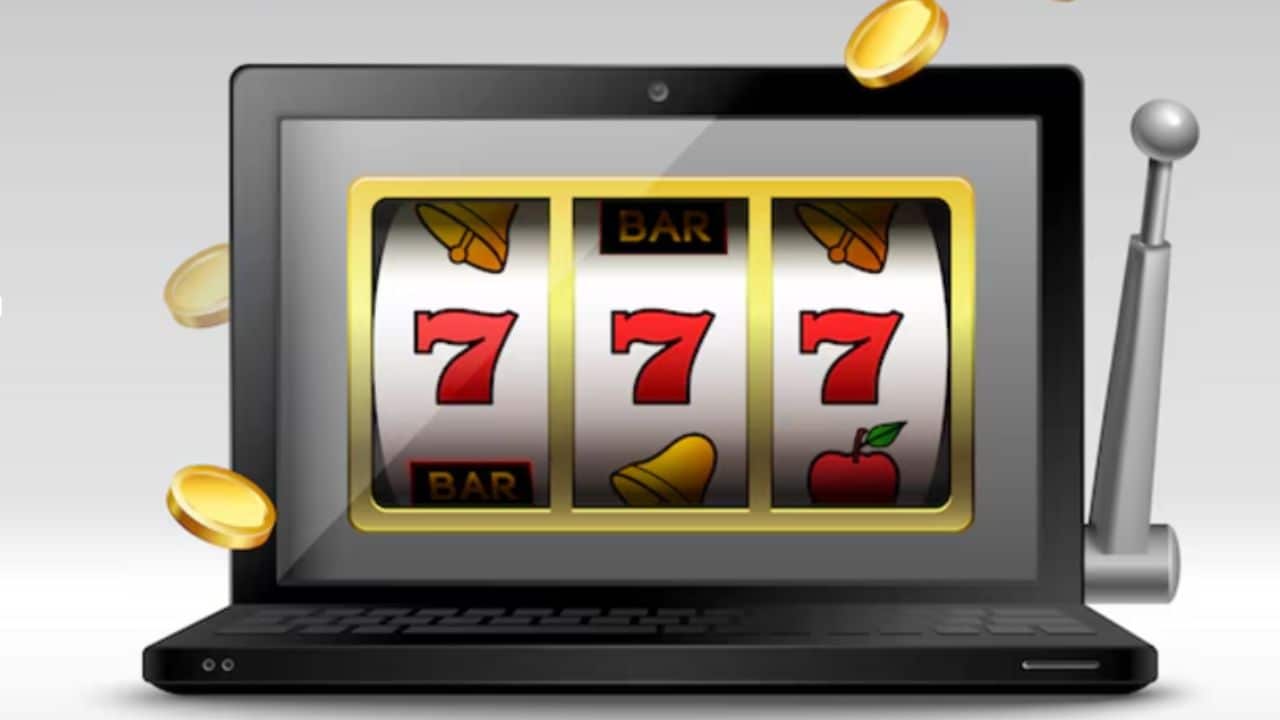When it comes to online slots, players are always on the lookout for ways to maximize their chances of winning. One of the key concepts to understand in this thrilling world of spinning reels is the risk-reward ratio. Whether you’re a seasoned pro or a newcomer, grasping the risk-reward ratio can help you make smarter decisions and increase your chances of walking away with a win.
What is the Risk-Reward Ratio in Online Slots?
The risk-reward ratio refers to the potential risk involved in a bet compared to the potential reward (or payout) you can expect to win. In online slots, the risk is tied to how likely it is for you to hit a winning combination, while the reward is the amount you can win when you do.
Unlike other casino games that involve more strategy or skill, slot gacor games rely heavily on luck. However, understanding the risk-reward ratio can help you select games that suit your playing style and budget.
How Does the Risk-Reward Ratio Work?
Every slot game has a Return to Player (RTP) percentage, which indicates the theoretical amount of money that will be returned to players over time. A higher RTP generally means the slot is less risky because the game will return a larger portion of the total wagered amount to players. On the other hand, a slot with a lower RTP may offer higher potential payouts, but with a higher risk involved.
To put it simply, a game with a high RTP (e.g., 96% or above) will give you more frequent, but smaller wins, whereas a game with a low RTP (e.g., 85%-90%) might provide less frequent wins but with a potential for larger payouts when you do hit a win.
Low vs. High-Risk Slots
When evaluating slots, players generally choose between high-risk and low-risk options based on their preferences and playing styles:
- Low-Risk Slots: These slots usually offer more frequent wins but with smaller payouts. Players who prefer consistent action without significant swings in their bankroll tend to go for these games. The risk-reward ratio here is balanced toward more wins but with smaller amounts.
- High-Risk Slots: If you enjoy a thrill and have a larger bankroll to withstand dry spells, high-risk slots may be your preference. These slots typically have higher jackpots and payouts, but hitting those big wins can be rare. The risk is higher, but the rewards can be substantial.
Factors That Affect the Risk-Reward Ratio
Several factors can influence the risk-reward ratio in online slots:
- Volatility (Variance): Slot volatility refers to the frequency and size of payouts. A high volatility slot may not pay out as often, but when it does, the rewards can be substantial. A low volatility slot tends to have more frequent payouts, but these are generally smaller in size. Players should decide on a game that matches their risk tolerance.
- Bonus Features: Many modern slots come with exciting bonus features like free spins, multipliers, or progressive jackpots that can increase the potential reward. However, these features can also increase the variance or risk of the game, as they may be triggered infrequently.
- Bet Size: The amount you bet on each spin can also affect the risk-reward ratio. High-stakes bets increase the potential reward, but they also raise the risk of losing large sums. Conversely, smaller bets can help manage risk but offer smaller payouts.
Calculating Your Risk-Reward Ratio
While the game itself has a built-in risk-reward ratio, you can also assess your own based on your playing style and how much you are willing to risk. Here’s how you can calculate your ratio:
- Decide your budget: Set a spending limit before you start playing.
- Select a slot with an RTP that fits your tolerance: If you’re risk-averse, look for slots with higher RTPs. If you’re willing to take bigger risks for larger rewards, opt for lower RTP slots.
- Adjust your bet size: Smaller bets will reduce the overall risk, while larger bets increase the potential for a bigger payout.
Understanding Bankroll Management
Effective bankroll management is crucial when it comes to maintaining a healthy risk-reward ratio. If you set a limit on how much you’re willing to lose in one session, you can avoid chasing losses. By knowing when to walk away, you ensure that your experience remains fun and doesn’t get financially overwhelming.
Conclusion
The risk-reward ratio in online slots plays a pivotal role in how you approach the game. By understanding this concept, you can choose slots that match your desired level of risk, be it a more frequent but smaller win or the chance to hit a big payout with less certainty. Remember, there is no one-size-fits-all approach when it comes to slots. Each player has different preferences, and the key is finding the balance that works for you.












































